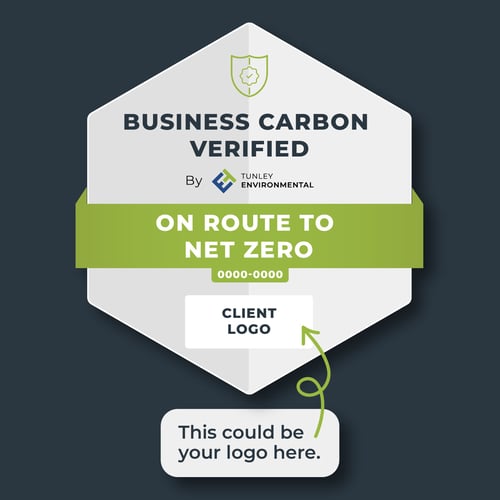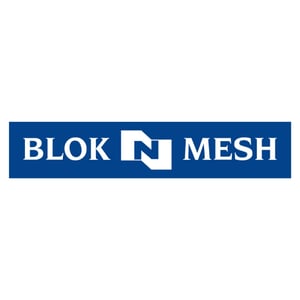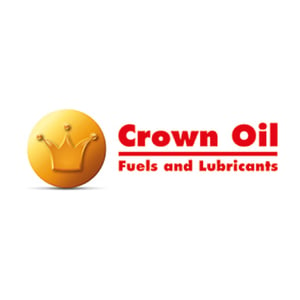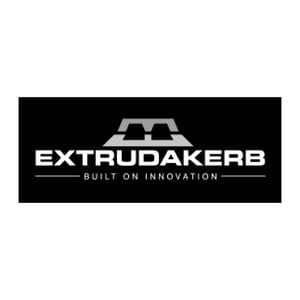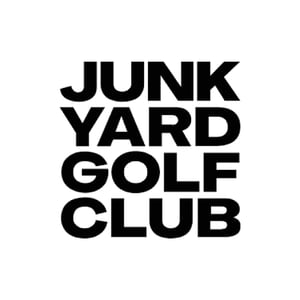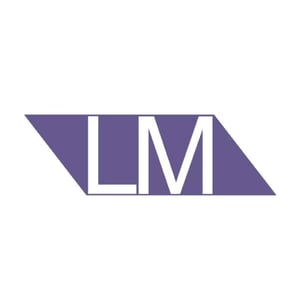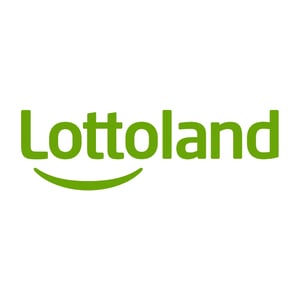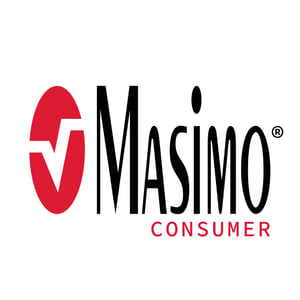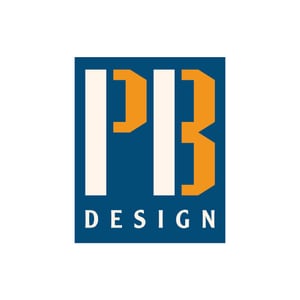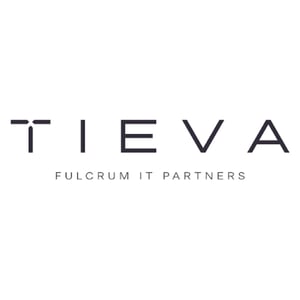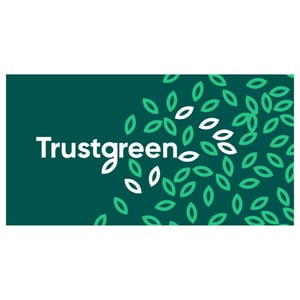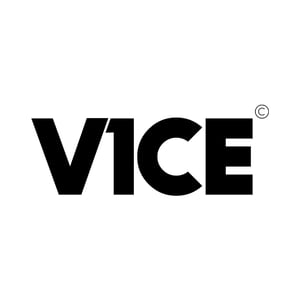LIFE CYCLE ASSESSMENTS (LCAs)
Obtain specific carbon footprints for your products with our complete lifecycle assessments (LCAs) that follow international standards. LCAs help to reduce your environmental impact, enhance your marketing campaigns, make conscious decisions, and stand out from your competition.
.jpg?width=120&height=75&name=Small%20Methods%20(1).jpg)
.jpg?width=120&height=75&name=Small%20Methods%20(2).jpg)
MEASURE YOUR PRODUCTS SUSTAINABILITY
This service follows international standards and guidelines to provide accurate carbon footprint calculations for each stage of your product's life cycle. This comprehensive LCA will evaluate the sustainability of your product and provide ways which you can minimise and reduce your carbon emissions.
Establish the scope and boundaries for a comprehensive carbon assessment. Our scientists can guide you through data collection to keep you on track.
Quantification for each LCA stage is undertaken in-house at Tunley, leveraging our expertise to deliver precise and reliable results.
Comparative analysis aims to quantify the greenhouse gas emissions saved by using each product, providing valuable insights for your organisation and its customers.
Offering valuable insights into carbon emissions associated with your organisation's product over its entire lifetime, providing a basis for achievable reductions.
MAKE INFORMED DECISIONS FOR A SUSTAINABLE FUTURE
Get in touch with our team of experts today to start your journey with Tunley Environmental
LEARN HOW WE WORK
- A Life Cycle Assessment (LCA) considers the carbon emissions data of a product over different stages of its lifetime.
- We will provide you with the carbon emissions data for each product which is assessed.
- The assessment will allow you to demonstrate your commitment to environmental sustainability to clients within your industry.
They did exactly what was asked and where we had less than perfect understanding of the issues involved their expertise showed through. The response time to follow up enquiries was excellent and I would happily use Tunley again.”
Michelle Smith
Intellectual Property Controller | Power Roll
We used Tunley Environmental to help us with out carbon reduction targets, they conducted an embedded carbon report for one of our key ranges and we are now exploring next steps. I would highly recommend them professional, helpful a great company to work with”
Kieron King
Quality Manager | Inpress
From start to finish the whole team have excelled in communication and support. They made the entire process seemless, and nothing was too much for them. This is my first full experience completing a carbon assessment, and I couldn't have asked for a better company to complete this with.”
Rebecca Druce
SQE Manager | Spacecare
We found all of the Tunley Environmental representatives to be extremely friendly, helpful and knowledgeable. They provided a high standard of service with plenty of advice and support, including regular meetings to update on progress and present findings. We look forward to working with Tunley Environmental again on future projects.”
Mary Bellamy
Lead Research Nurse | University Hospitals Birmingham NHS Foundation Trust
Tunley Environmental were great to work with throughout. Highly professional and supportive, they guided us through the process and were very responsive to our timelines.”
Henry Middleton
Chief Operations Officer | Ark International LLC





WHAT ARE THE STAGES WITHIN AN LCA?
The initial embodied carbon of the product begins with resource extraction, transportation, and manufacture, often referred to as a cradle-to-gate LCA. Finally, the most detailed analysis is the cradle-to-grave LCA, which includes the use and end-of-life stages of the product.
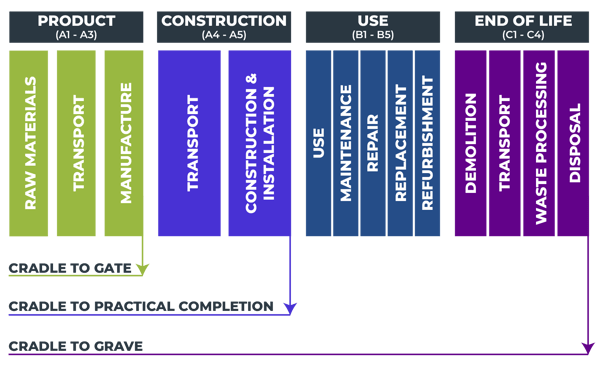
MAKE INFORMED DECISIONS FOR A SUSTAINABLE FUTURE
Get in touch with our team of experts today to start your journey with Tunley Environmental
FREQUENTLY ASKED QUESTIONS
Life Cycle Assessments are versatile and powerful which offers numerous benefits, including better decision-making, environmental impact reduction, cost savings, enhanced competitiveness, and support for sustainability goals. It plays a critical role in promoting environmentally responsible practices and guiding efforts towards a more sustainable future.
Cradle-to-gate (often referred to as embodied carbon) and cradle-to-grave (often referred to as an LCA) are two terms used in Life Cycle Assessments and environmental analysis to describe different boundaries or scopes for assessing the environmental impacts of a product, process, or system.
Cradle-to-Gate: Considers the environmental impacts from raw materials to the factory gate where the product or building is fully manufactured/constructed, excluding the implementation, use, and end-of-life phases.
Cradle-to-Grave: Considers the entire life cycle of a product or building, including raw material extraction, manufacturing/construction, transportation, use, and end-of-life stages. Providing a more comprehensive assessment of its environmental impacts.


